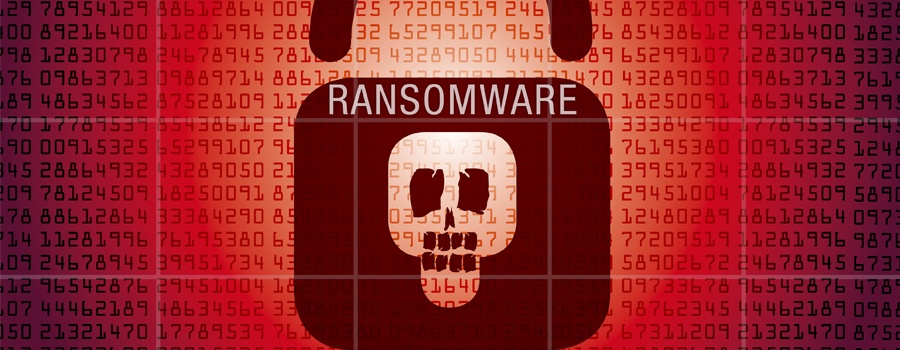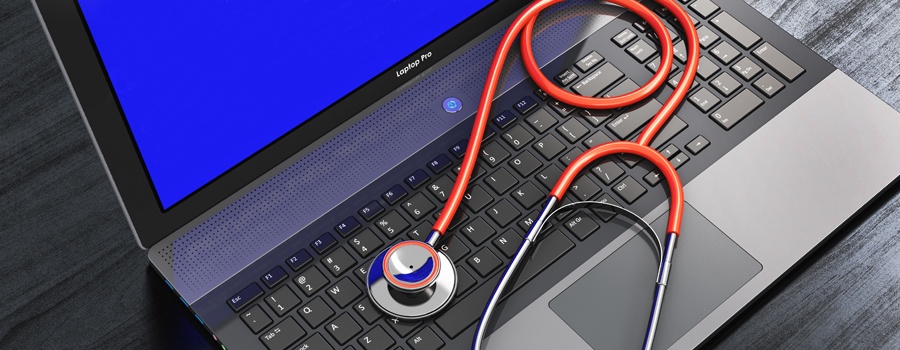Tag: security
-

Don’t Forget Your Risk Assessments!
Many medical practices are planning their Security Risk Assessments for the new year. Whether to better qualify for the 2019 Merit-based Incentive Payment System (MIPS) or to fulfill obligations to comply with the HIPAA Security Rule, a strong strategy now will reap benefits later. It’s a good time to remember what is required when conducting…
-

Record Year for HIPAA Enforcement
In the current environment of regulation reduction, it is notable that the Department of Health and Human Services (HHS) received a record $28.6 million dollars in publicized settlements and judgments for HIPAA violations in 2018. These numbers surpass previous years with the closest year on record being 2016 in which HHS collected $23.5 million dollars.…
-

Are Your Electronic Devices Physically Secure?
In the age of electronic medical records and ransomware attacks, recent focus with regard to HIPAA compliance seems to be on electronic security. How are your electronic medical records stored? Do you require two-factor authentication to access your electronic system remotely? What firewalls and malware detection systems do you have in place to prevent a…
-

Alabama Legislature Considers State Law on Cybersecurity
At the time of the writing of this article, Alabama is one step closer to having a law on the books related to cybersecurity. As one of only two states without a state data breach law, Alabama is considering legislation that requires certain entities, “covered entities,” to report to state agencies and affected individuals when…
-

Cyber Security: Five Common Phish Attack Schemes
Hackers only need you, that’s right just you. They are sneaky and know the general population is busy and doesn’t pay close attention to the emails they receive. Hackers know people are comfortable in their daily habits. They exploit this behavior by creating email scenarios designed to encourage a click. They need just one person…
-

Medical Association Chooses PCIHIPAA to Help Benefit and Protect Its Members
MONTGOMERY – The Medical Association of the State of Alabama has partnered with PCIHIPAA to help protect its members from the onslaught of ransomware attacks, HIPAA violations and data breaches impacting Alabama physicians. Under HIPAA’s Security and Privacy Rules, health care providers are required to take proactive steps to protect sensitive patient information. “The Medical Association services more…
-

“WannaCry” Ransomware Holds True to its Name
This week, countries around the world faced an unprecedented cyber security attack. On May 12, 2017, the Critical Infrastructure Protection Lead for the Department of Health and Human Services Laura Wolfe first reported it as a “significant security issue.” Hours later, the Department of Homeland Security’s Computer Emergency Readiness Team warned the public of a…
-

How Can You Avoid a HIPAA Mega Breach?
A HIPAA breach often occurs when a health care entity wrongfully discloses the protected health information of a patient or client. These incidents can occur by accident, like faxing patient information to the wrong fax number. They can also be the result of willful or intentional acts, like employees who gather patient information for the…
-

Managing Your Practice: Is Your Practice Cyber Secure?
With the increased use of technology in health care comes the increased risk of cyber attacks and cyber liability, as well as regulatory investigations, fines and penalties. Anything created, stored or transmitted electronically is at risk of being compromised by an innocent mistake or – worse yet – maliciously stolen by a criminal. According to…
